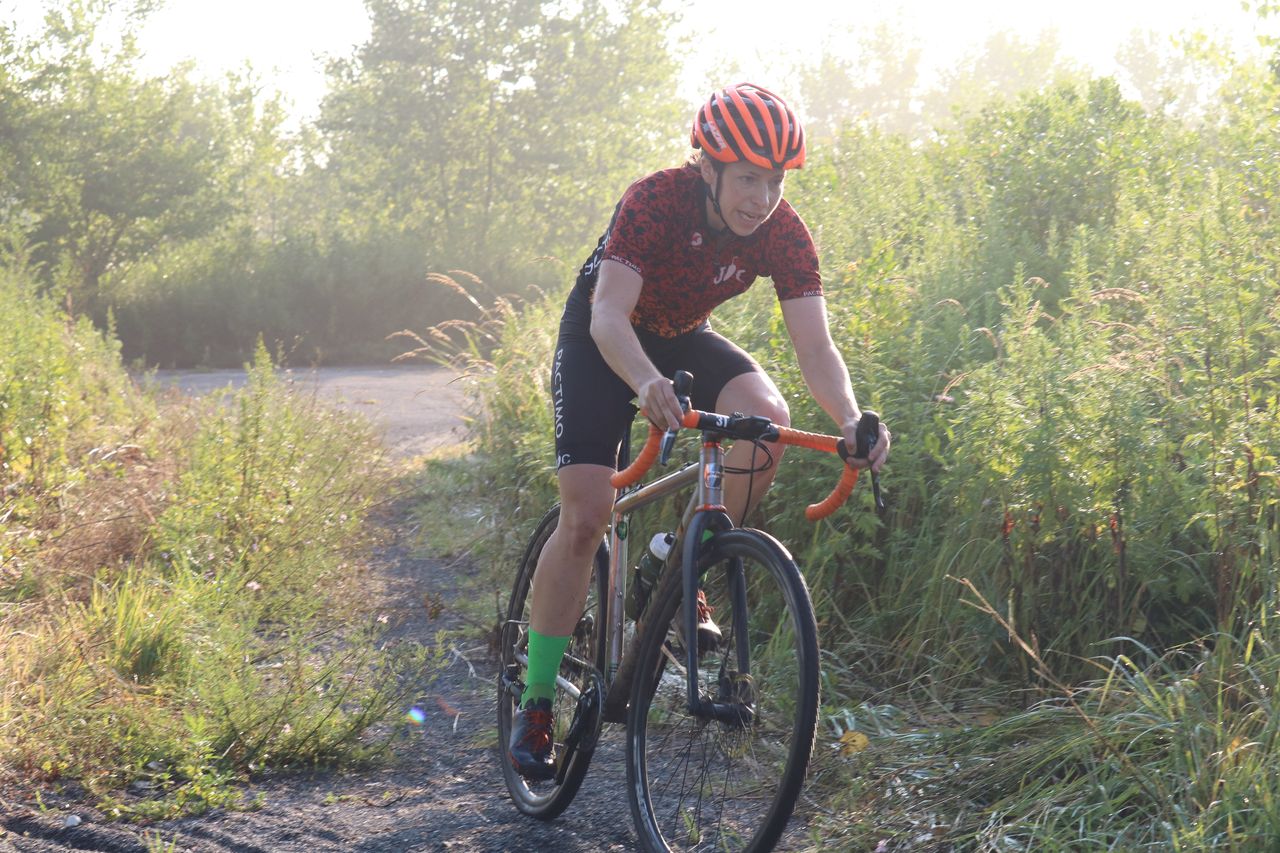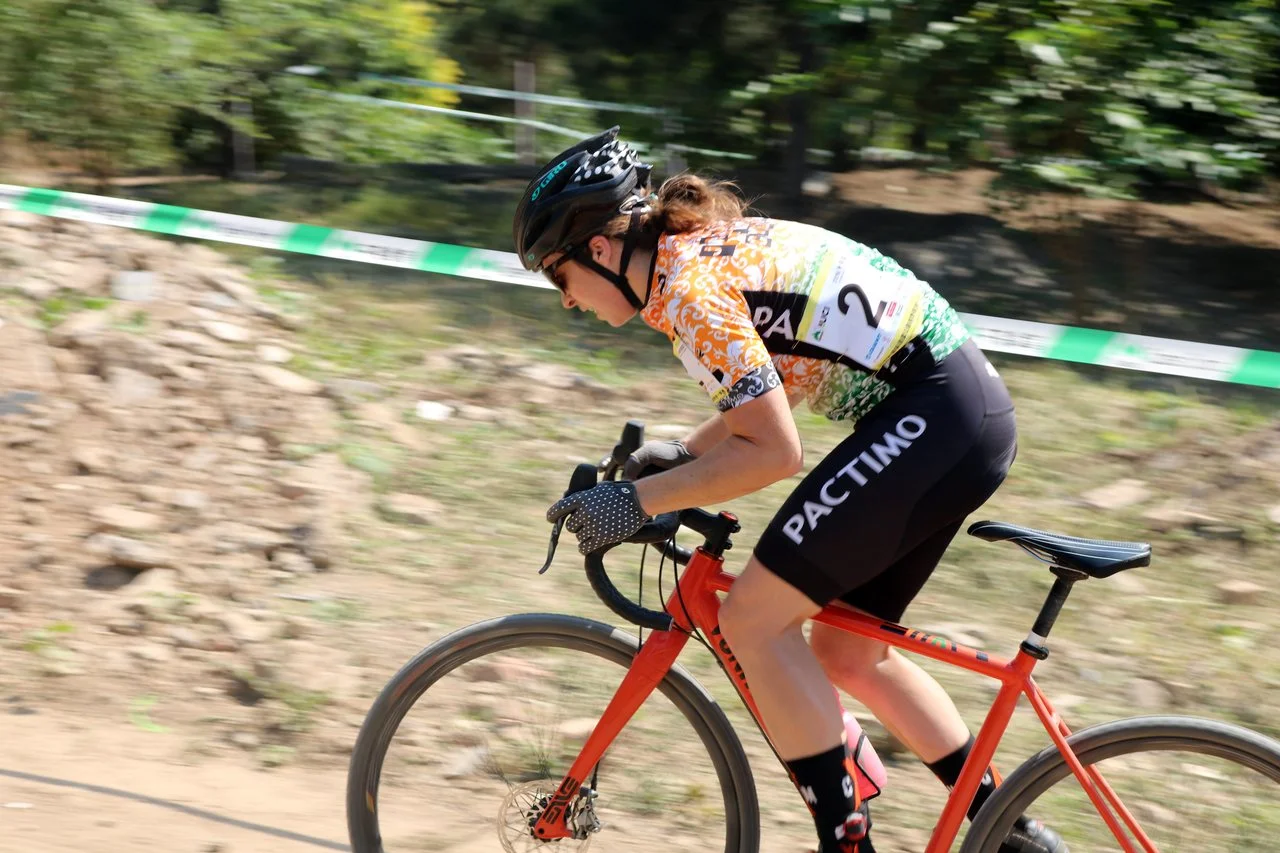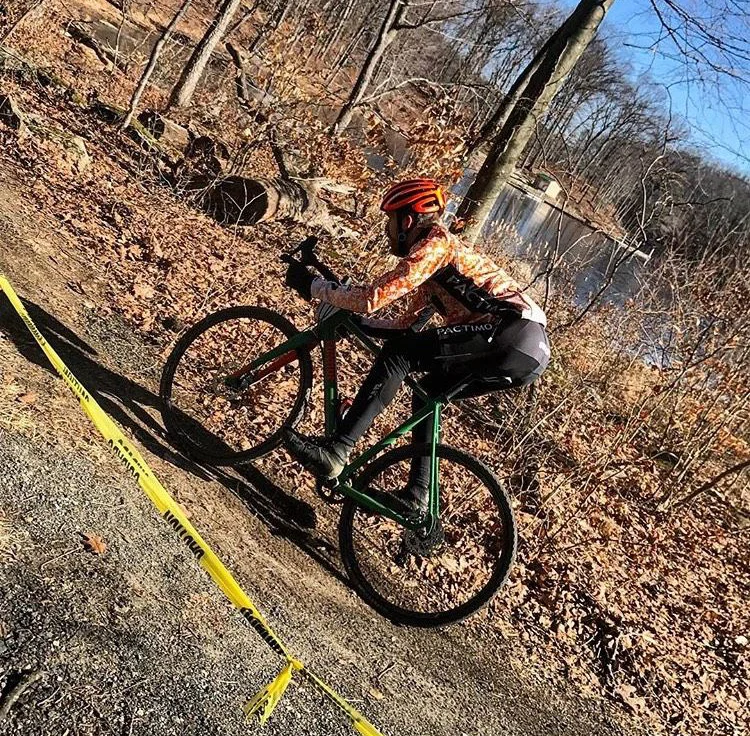With cyclocross nationals in hard to reach Reno, most of the East Coast is hanging up their bikes this week. We’re starting to see the offseason posts floating around social media and there is a lot of talk of two weeks off the bike. While many racers subscribe to this recovery method, it is not right for everyone who jumped into a few cyclocross races this fall. Today, Kathryn Cumming explains the reasoning behind building in recovery during the post-season, and examines who is in most and least need of it.
By Kathryn Cumming
Overreaching and Overtraining at All Levels
To understand why most elite racers take a few weeks off the bike, we are going to touch briefly on overreaching and overtraining. Overreaching is common for most athletes to face with increased training or racing load and our bodies can usually bounce back quickly; however, overtraining can truly impact careers.
Overreaching is essentially the early stage of overtraining. Overreaching occurs when an athlete fails to adapt to training, performance decreases, and the athlete can no longer fully recover from a workout. A baseline workout you have performed before is a great test for overreaching. If the workout requires more effort to hit the targets, you are probably in need of a few days of rest. This effort can be gauged using heart rate or even rating of perceived exertion. Generally at the end of a big training or racing block, overreaching will occur. As long as rest is planned, it won’t be a problem.
Listen to your body, not your results. A fatiguing but well-conditioned athlete can still show great performances during the season.
If overreaching symptoms are ignored, overtraining syndrome will occur. When overtrained, not only will athletic performance deteriorate, the body will be in a state of chronic fatigue.
As a female cyclocross racer, Marianne Vos and Pauline Ferrand Prevot are quick examples to reference. Both were on top of the world, winning multiple World Championships in a season and pushing the limits of the sport, then they couldn’t even ride bikes. Both continued pushing from one discipline to the next, from one season to the next, until their bodies and minds brought this constant high intensity to a halt, resulting in about a year off the bike and away from racing for each.
The trajectory of both Vos and Ferrand Prevot is one we could all encounter. The results were coming and the fitness was high, so they carried it a little longer. Who wants to pull the plug on a good thing? Unfortunately, the repercussions of ignoring overreaching can be serious.
Overtraining Checklist
Overtraining can get the better of athletes of all levels. Most likely, one of the reasons it occurs so regularly, is that it is still a grey area in regards to research. Symptoms can vary greatly between individuals and often aren’t objective to diagnose, but the first signs can be a decrease in performance and a change in mood.
After a full season of training and racing, the body is most likely overreaching if not overtrained. Here’s a quick checklist to see if you are in need of some recovery:
• Constant feeling of fatigue
• Unexplainable poor performance
• Prolonged recovery from normal training or racing
• Altered mood (grumpy or depressed)
• Elevated resting heart rate
• Persistent muscle soreness
• Loss of appetite
• Weight loss
• GI disturbances
• Reduced immune function (getting sick more frequently or unable to shake a cold)
Should an Amateur Recover, and What Should It Look Like?
If you are currently experiencing any of the above, it’s probably a good idea to take a few weeks of recovery, but it’s also important to take an honest look at the last month of your season. Were you training and racing regularly or had your weekly training rides become a quick soft-pedal by Thanksgiving followed by one weekend day of local racing? It’s easy to jump on the recovery bandwagon, but know that taking a break just because the pros are may not be the right answer. If you’re not experiencing symptoms of overreaching and/or overtraining and your recent training and racing volume was nonexistent, you are probably fine to jump right into some fun rides or base miles. If nothing else, it’s ok (and beneficial) to keep an exercise routine going during the holidays.
Remember to take a mental self-test as well. Are you still aching to watch cyclocross and recap the season with your teammates, or are you avoiding all things cycling because you are sick of it?
After you have evaluated your own need for recovery, take a second to remember BIKES ARE FUN! While you probably desire improved performance, bikes still remain an outlet in your life. Odds are everyone reading this is losing money on bike racing (myself very much included), so we have to be excited to ride if it is going to remain a positive part of our lives. If you find yourself sleeping through training sessions, skipping intervals, or just feeling a little resentment towards your bike, TAKE A BREAK! Whether you physiologically need it or not, mentally you need to return to a point where you want to ride. Two weeks off the bike will have you dreaming about gravel adventures with your friends and teammates and you will even be pumped to hop on the trainer to start racking up base miles.
An important reminder that cyclists tend to forget is that you don’t have to stop moving altogether just because you are taking a break from the bike. If your body is beat up, one week of total recovery can be great, but then it’s important to resume a routine to avoid an entire holiday season of couch time. This is a great opportunity to pursue an activity you haven’t had time for (I’ll be playing tennis this weekend!) or to start an aspect of training that will be beneficial long term (yoga or core training will surely help us one dimensional cyclists).
Looking to put your feet up now, but remind the legs in the New Year to prepare for the Spring ahead? Jalapeno Cycling is doing a winter training series this January on Tuesday and Thursday nights. You can see additional details and register here. Space is extremely limited, and as of this writing, the class is already half-filled. Hope to see you there!

















